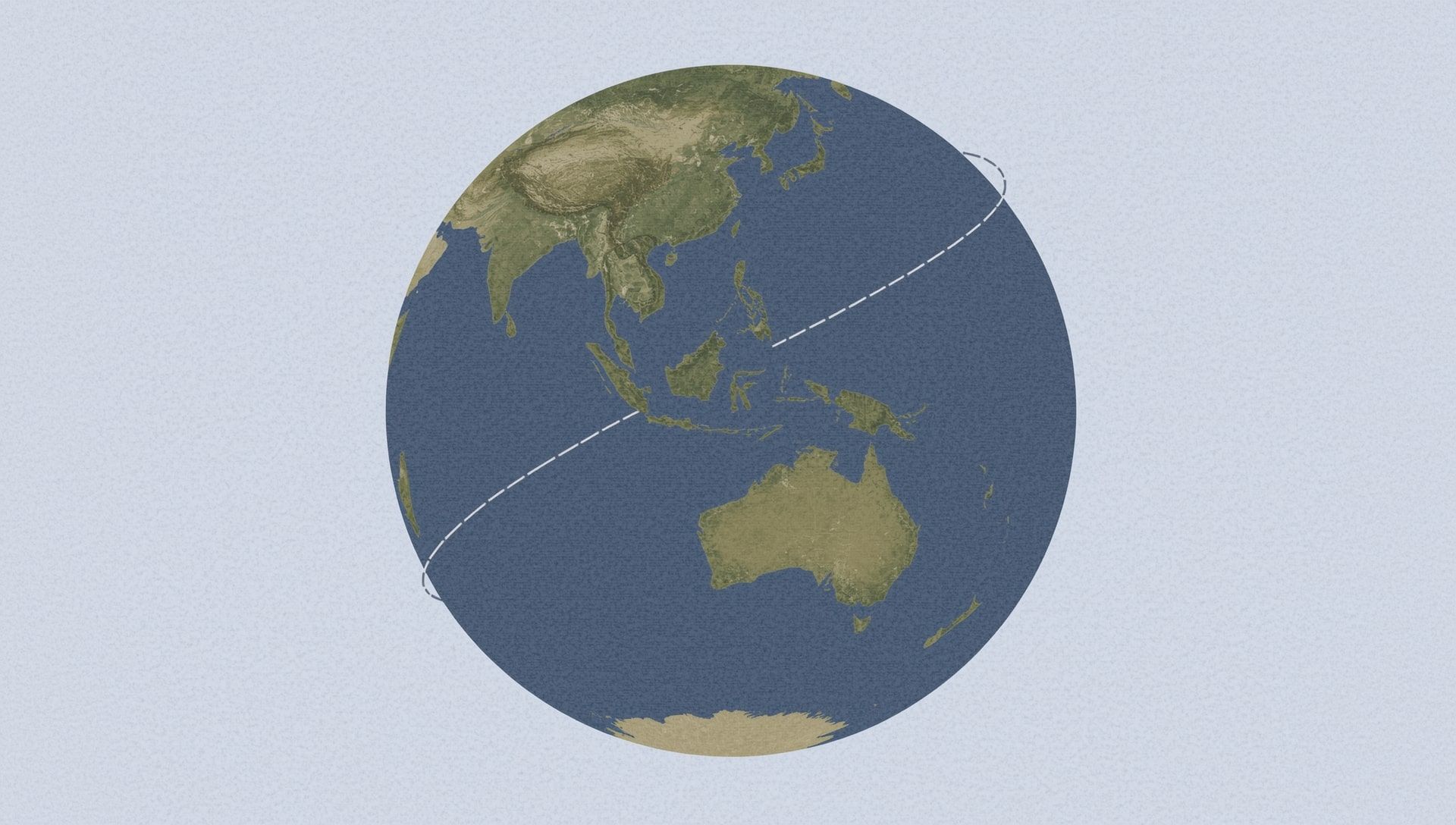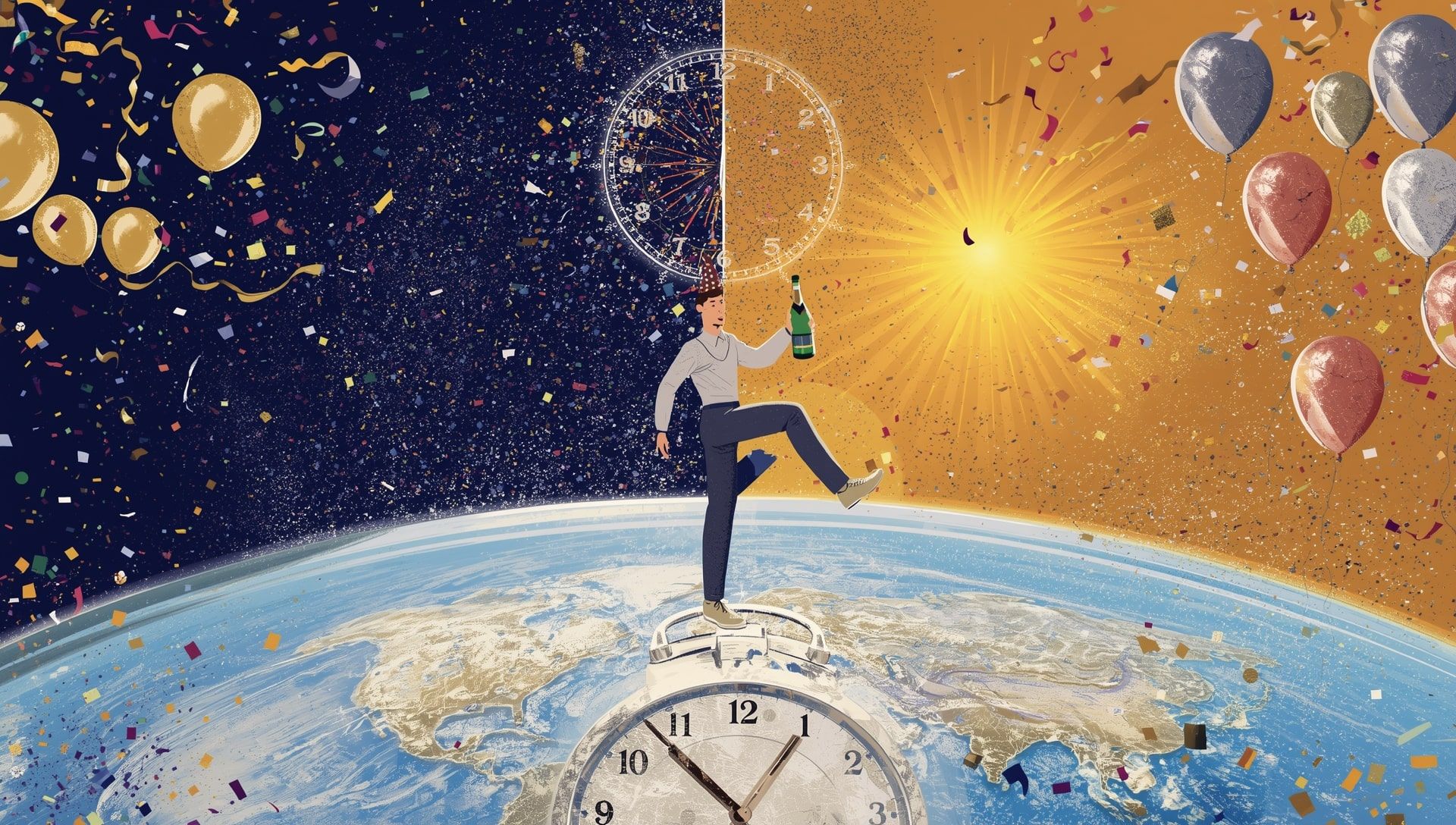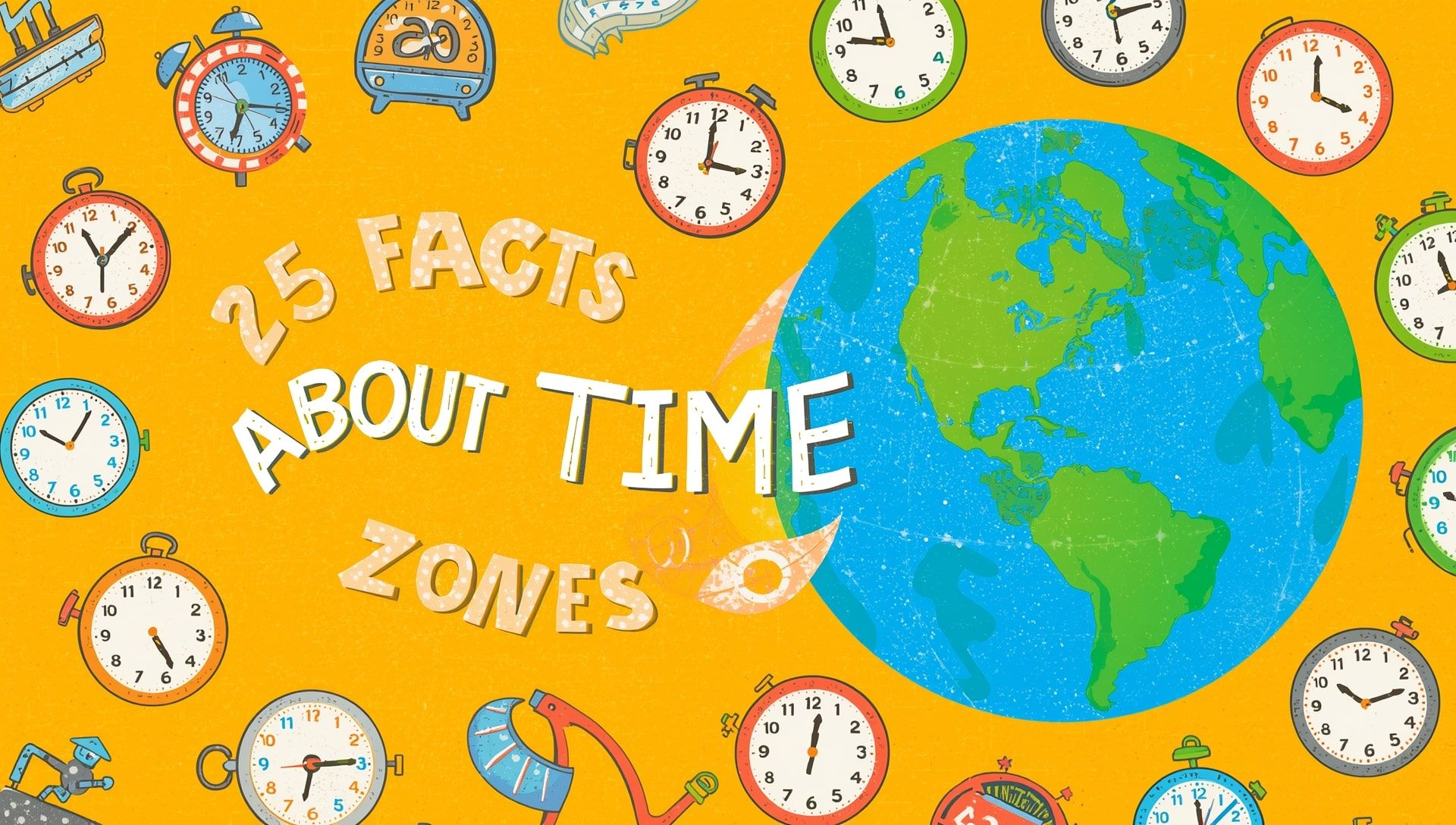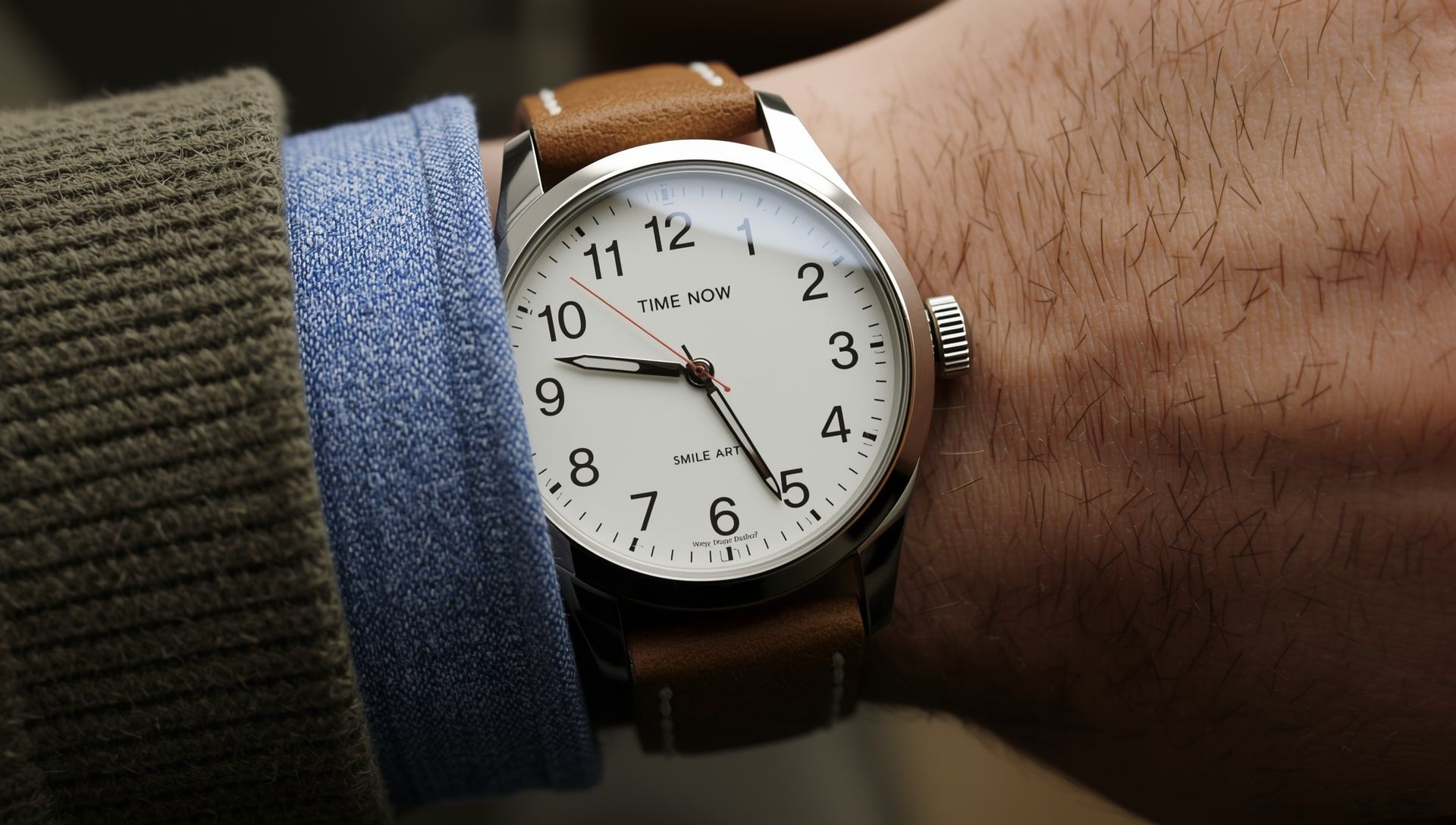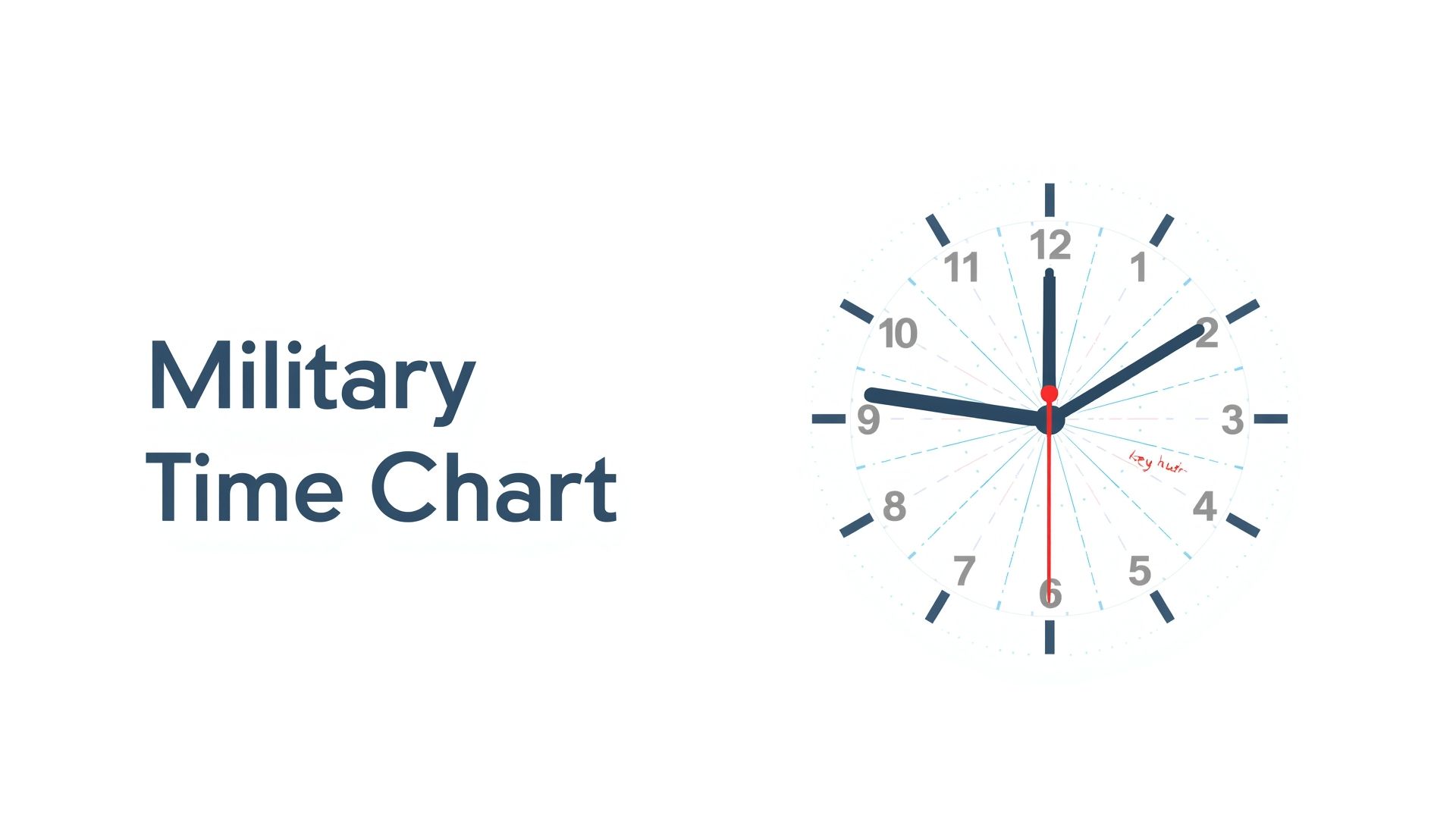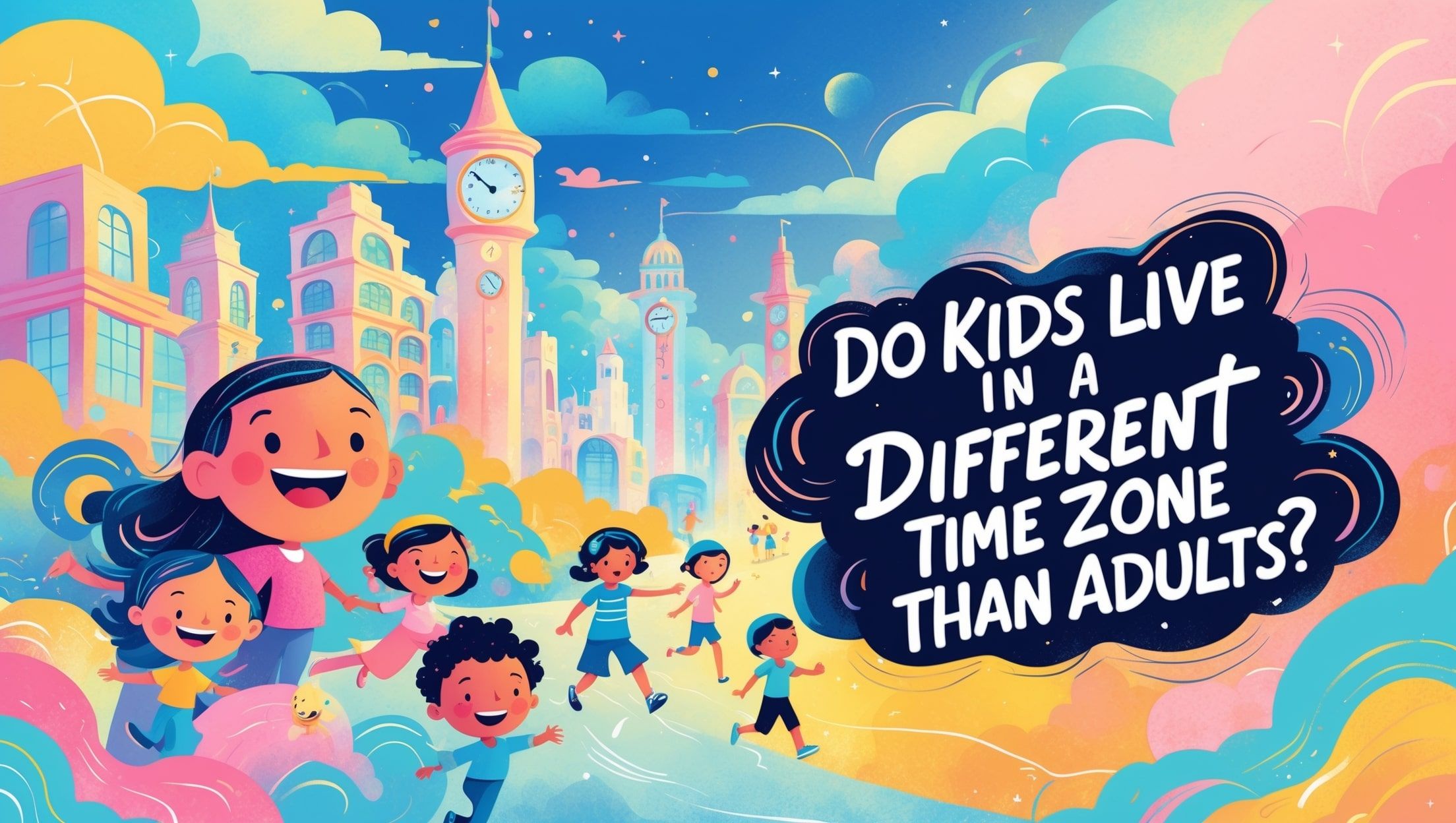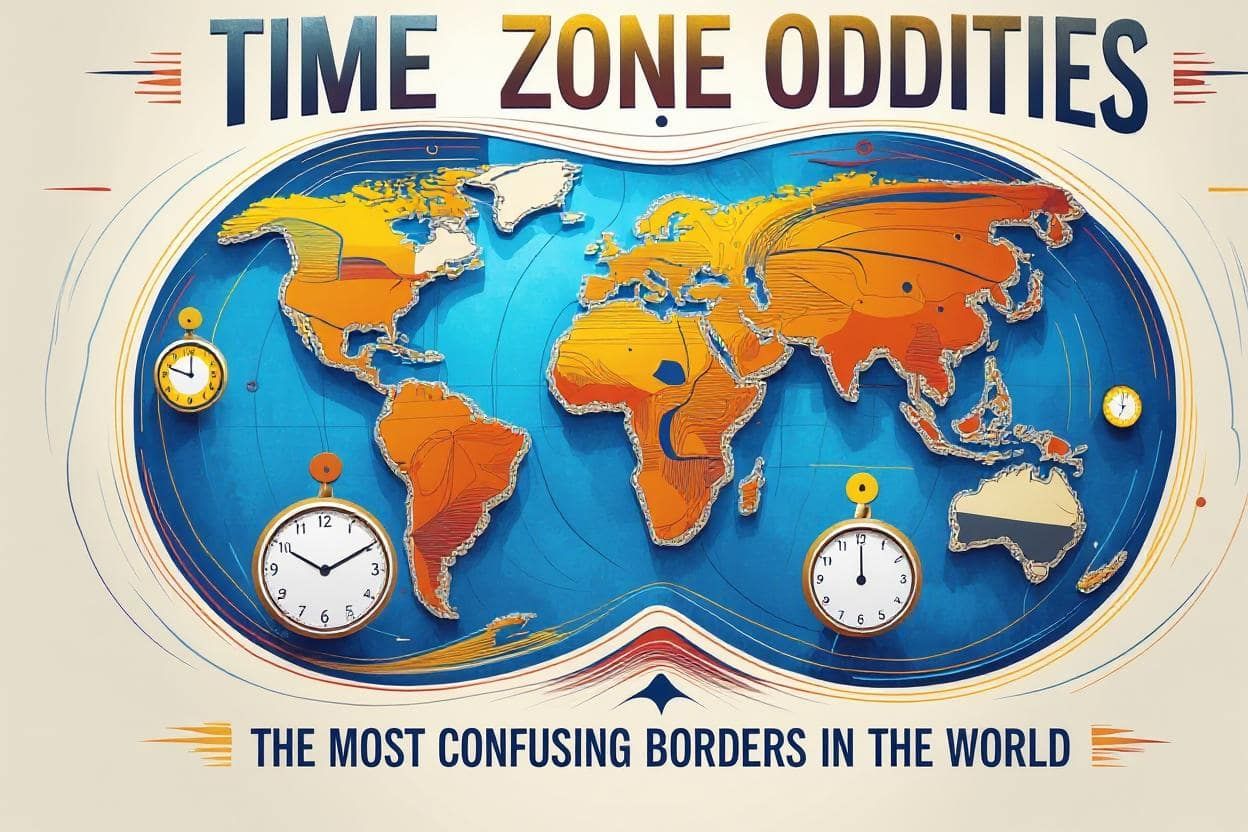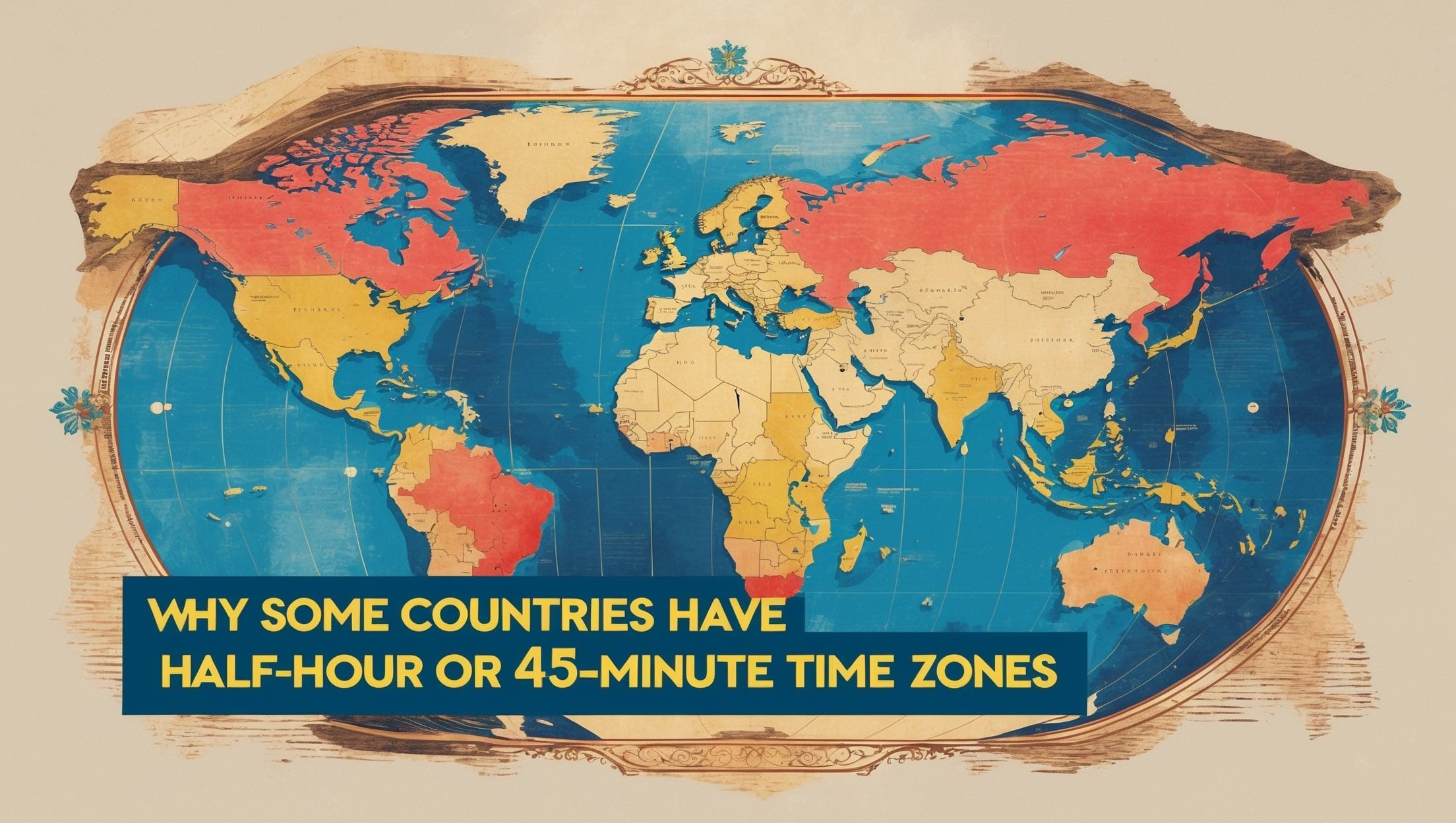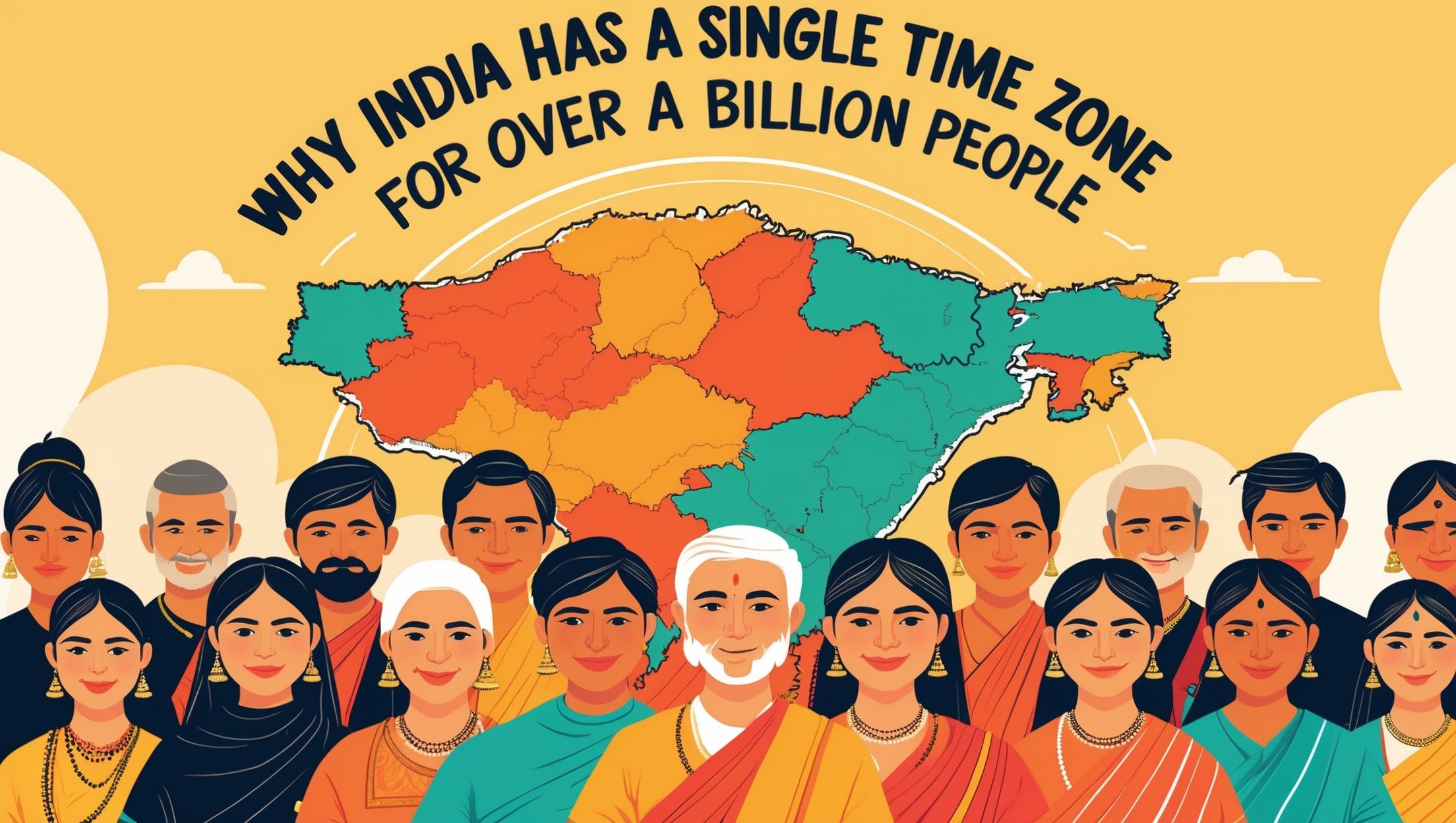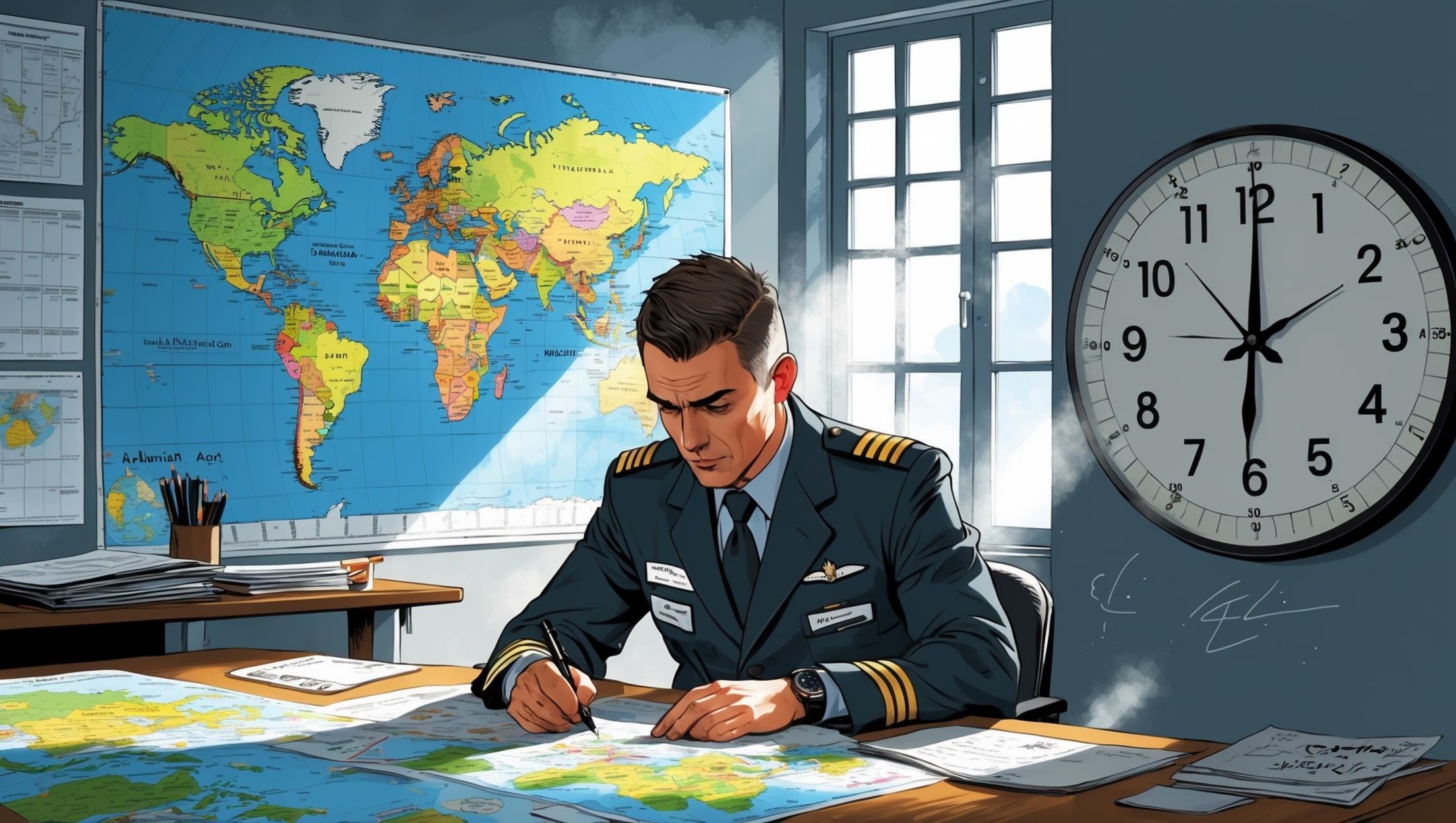What Timezones Really Mean for Travel, Kids, and Culture

You're flying across the world, and suddenly it's tomorrow. Your kid is wide awake at midnight, but you're drooling on your dinner plate. A TV show premieres at 9 p.m. in one country but 4 a.m. in another. Time zones aren't just lines on a map. Time zones shape how we live, work, raise kids, and plan holidays. Whether you're juggling jet lag, preparing for an international business call, or simply trying to remember that your cousin's afternoon is your early morning, time zones quietly run much of your life.
How Time Zones Began and Why They Can Feel Messy
Before time zones, every town set its own clock based on the sun. High noon meant the sun was directly overhead. That worked until trains and telegraphs shrank the world. Suddenly schedules mattered, and local time wasn’t enough.
In 1884, 24 standard time zones were created based on the Greenwich Meridian. In theory, every 15° longitude change was one hour. For travelers and merchants, this was a revolution. But when it came to implementing the system, nations bent the rules. Political, cultural, geographic, and economic reasons meant most countries fiddled with the ideal.
For instance, India opted for a single time zone across the entire country. This simplification can confuse solar time by over an hour in some parts. That means in northeastern states, the sun can rise as early as 4 a.m. long before most people wake. Yet India insisted on unity over accuracy. You can learn more about why India uses just one official time and what it means for its people.
The Curious Case of Half-Hour and 45-Minute Zones
Most time zones shift by whole hours. But some don’t. India refused a half-hour offset. Nepal chose +5:45. Australia includes zones at +9:30 and +10:30. Iran is at +3:30. What’s the point? Often it’s a local fix for local solar time. It gives solar noon midday in a given region. That half-hour might seem tiny, but it can realign a whole day's schedule. There’s a deeper look into why some countries choose these unusual offsets.
Travel, Jet Lag, and the Body Clock Battle
Flying spreads your schedule across time zones. That internal clock in your brain doesn’t care about your new landing time. It expects to rise when the sun does and sleep when it sets. It resists tight sudden shifts to shorter nights or longer ones. That resistance is jet lag.
That fatigue, brain fog, digestive upset, mood swings, all come from misaligned rhythms. Eastward travel shortens your day; westward travel lengthens it. Doctors say flying east ("losing time") often triggers worse jet lag.
Pilots, flight planners, and crews work around this. They use Coordinated Universal Time (UTC) and Zulu time to schedule crews legally. It helps them cross hemispheres without confusing calendars. For a closer look at how airlines use time zones in flight planning, there's a full breakdown available.
Kids Respond to Time Differently
To your toddler, what’s time? It doesn’t register in the same way as it does for you. Kids rely more on routine and embodied cues: light, meals, human interaction. Their internal clocks are still learning to interpret minutes and hours.
That’s why your child might wake at 4 a.m. after a flight, even when your phone shows 7 a.m. It's not laziness or rebellion, it’s developmentally driven. Children’s sleep cycles are shorter and lighter. Changes in environments, like a different timezone or a noisy hotel, can throw them off for days.
There’s fascinating science behind how children experience time zones differently than adults.
How Societies’ Daily Rhythms Depend on Time Zones
Every country has a cultural portrait painted around its time. Think of Spain, where dinner starts after 9 p.m. Families dine late and forests of siesta shops bloom midday. That rhythm goes back to a 1940s decision to match Berlin’s time (for political reasons), even though Spain sits in Greenwich Mean Time zone.
Or China, which spans five geographical zones but follows only one clock. That makes noon too early in the west. Public life and business in Xinjiang shift unofficially up to two hours later than Beijing time. School, offices, TV all start "late west time."
Time zones are a reflection of shared routines, even unspoken contracts defining when society wakes up, works, eats, and sleeps. Odd borders, where one street is one time zone and the other side another, create everyday puzzles for kids walking to school or families calling grandparents. Want to see examples? Take a look at some of the world’s most confusing time zone borders.
The Impact on Business, Technology, and Global Communication
In a connected world, timing matters more than ever. Virtual meetings span multiple time zones. Stock markets tick to local bells. Calendar apps track daylight saving shifts, even obscure ones. One small miscalculation can lead to missed deals or angry clients.
Software engineers fight time bugs harder than almost any other kind. When time "repeats" due to daylight saving or a country changes its zone altogether, digital systems often crash. GPS satellites, for instance, require perfectly synced time signals to keep navigation working. Miss by a second and you’re off by miles.
Daylight Saving Time: The Twice-a-Year Reset
Spring forward, fall back. Daylight saving is meant to give us more sunlight during working hours. But it disrupts more than it helps. Studies link the time change to increased traffic accidents, workplace injuries, and even heart attacks. Productivity dips, sleep suffers, and morning routines get wrecked twice a year.
Some governments have had enough. Many regions have voted to stop changing clocks. But not everyone agrees on which version of time to keep. That leaves neighbors with clocks an hour apart for part of the year, complicating daily life across state or national lines.
Around the World in Schedule Shocks
- China’s one clock for five zones forces millions to shift their "day" by over two hours.
- India's huge landmass aligned on one time means sunrises at 4 a.m. and dinners at 5 p.m. in some states.
- Australia’s multiple time zones are complicated by daylight saving in some states but not others - Tasmania vs. Northern Territory for instance.
- Nepal favors +5:45 to align closer to solar noon, a front-row seat for half-hour oddity.
- Spain stays on Central European Time, even though solar time fits Greenwich. That pushes meals and work late into the evening.
- U.S. and Canada harbor shadow zones, like the unofficial "Galilee Time" in Israel or local border zones wary of neighbor-border divergence.
Tips to Live Smarter with Time Zones
Jet lag? Start adjusting your sleep before the trip. Nudge it closer to your destination's schedule a few days early. Drink water, get sunlight, avoid naps, and don’t stare at your phone at bedtime. You can even set a pre-trip alarm or timer to gradually shift your routine.
Work globally? Use shared calendars with world clock or event planner tools. Always spell out the zone: "Eastern Standard Time" instead of just EST. Be extra cautious with countries that have unusual offsets like Newfoundland or Myanmar.
Parenting while traveling? Stick to routines. Even if bedtime shifts, keep the rituals the same. Dim the lights, read the same book, sing the same song. Kids need familiar cues more than the right time on the clock.
The Clocks May Match But Lives Don’t
Time zones were built to help us, but they don’t serve everyone equally. Some communities are forced to adjust their lives to clocks that don’t fit their sunrise. Others adapt in unofficial ways, eating later, waking earlier, adjusting school start times. Still others build entire cultural habits around their time zone quirks.
Understanding these differences matters. It helps us travel better, connect more thoughtfully, and avoid assuming everyone lives on our schedule. Because in the end, even if your phone adjusts automatically, your body, your family, and your world still feel every tick a little differently.
